Convict Sydney
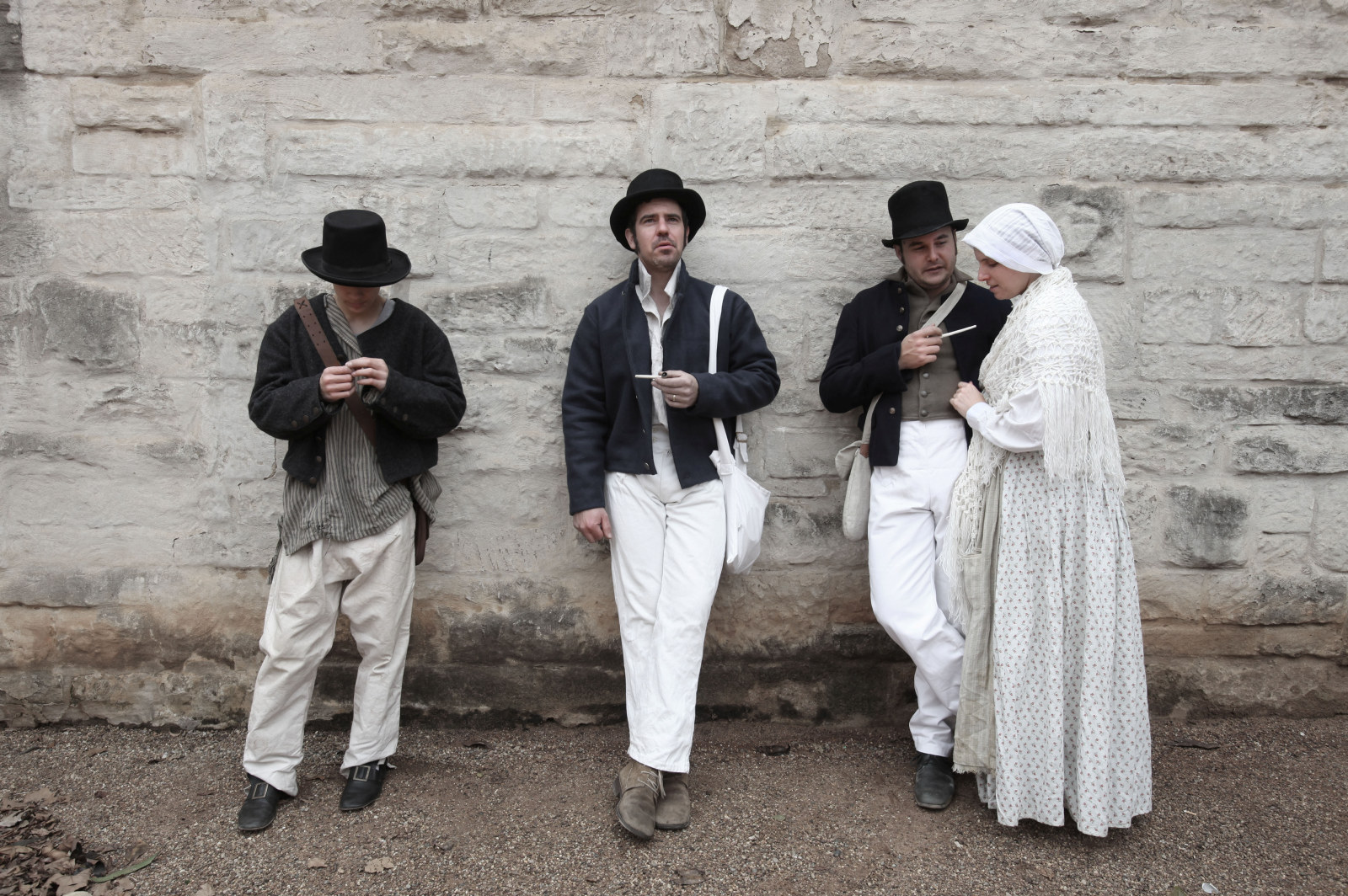
Convict Sydney
1801 - Day in the life of a convict
In the young colony, there was no prisoner’s barrack - the bush and sea were the walls of the convicts’ prison
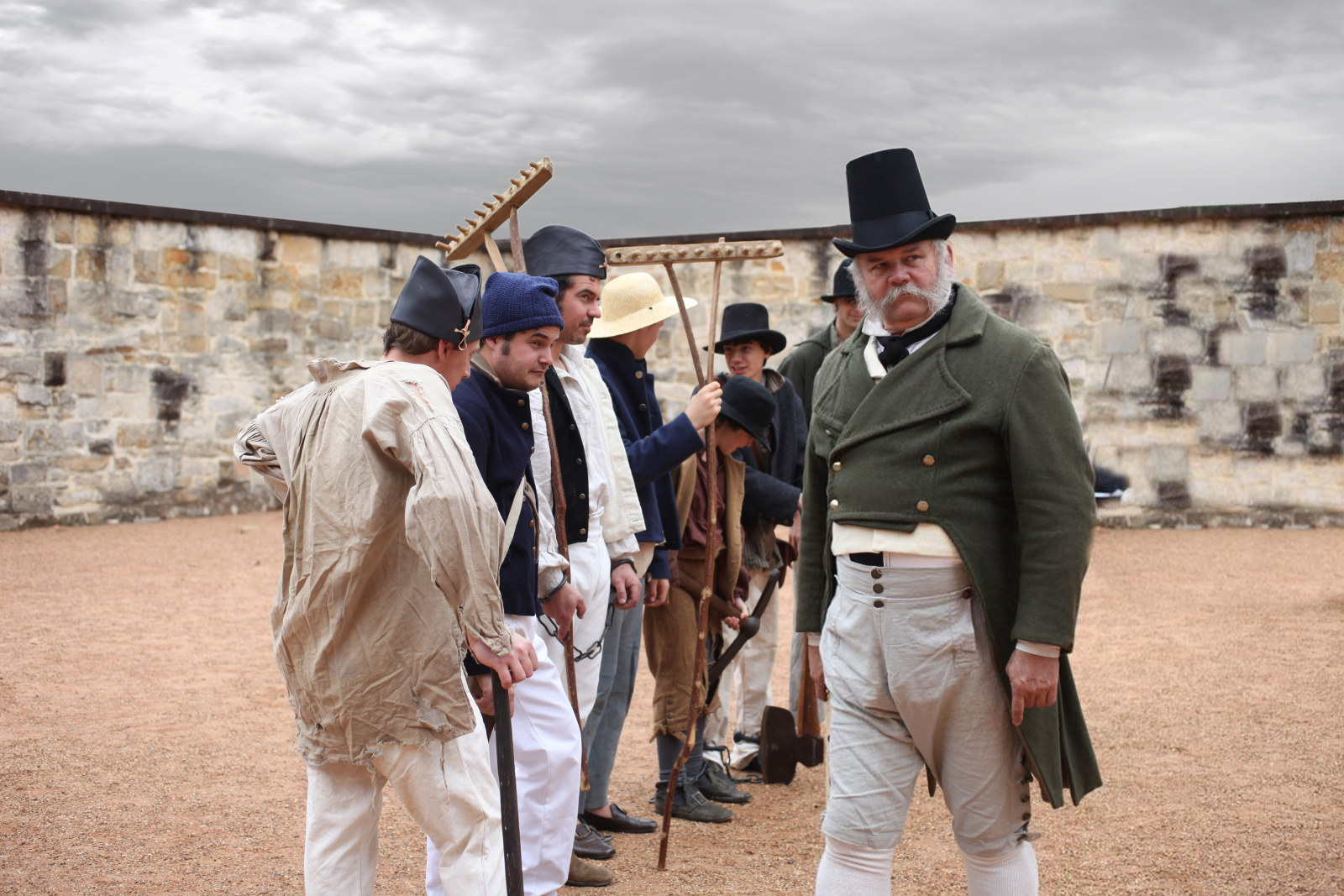
Convict Sydney
1820 - Day in the life of a convict
By 1820 the days of relative freedom for convicts in Sydney were over
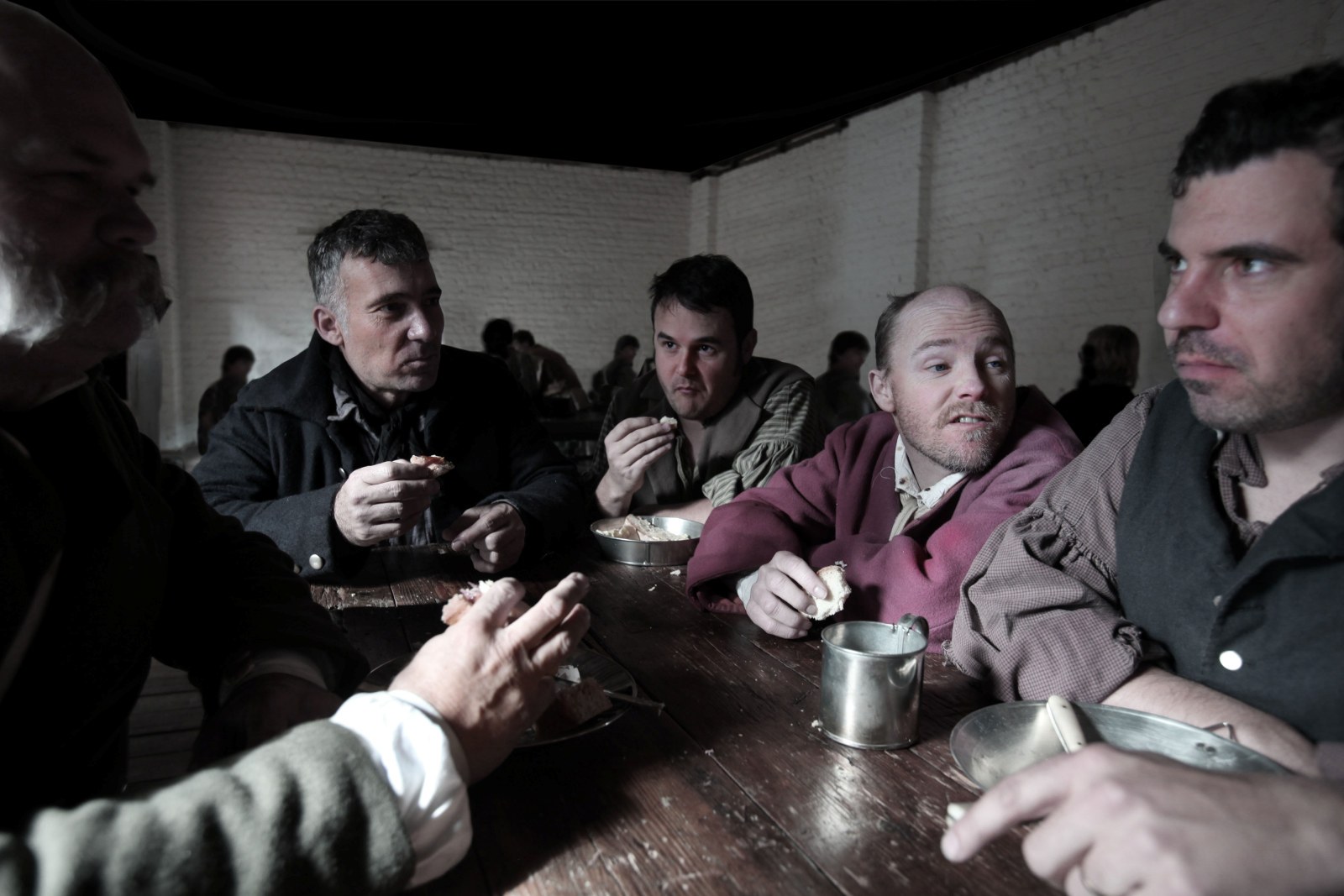
Convict Sydney
1826 - Day in the life of a convict
The hot Sydney summer of 1826 ended with almost 1,000 convicts living at the overcrowded Barracks
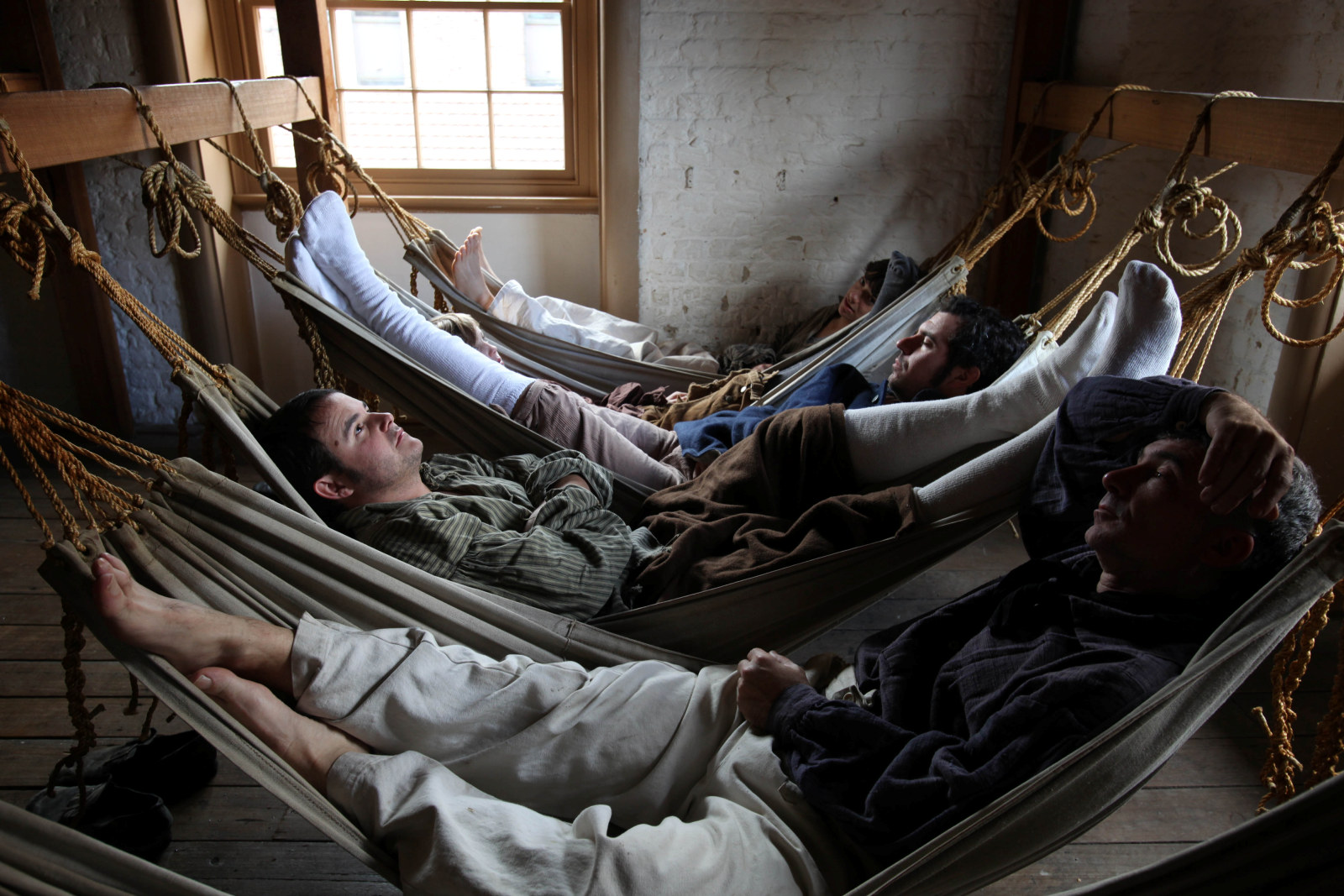
Convict Sydney
1836 - Day in the life of a convict
By 1836, two-thirds of the convicts in the colony were out working for private masters, and government convicts made up only a small group
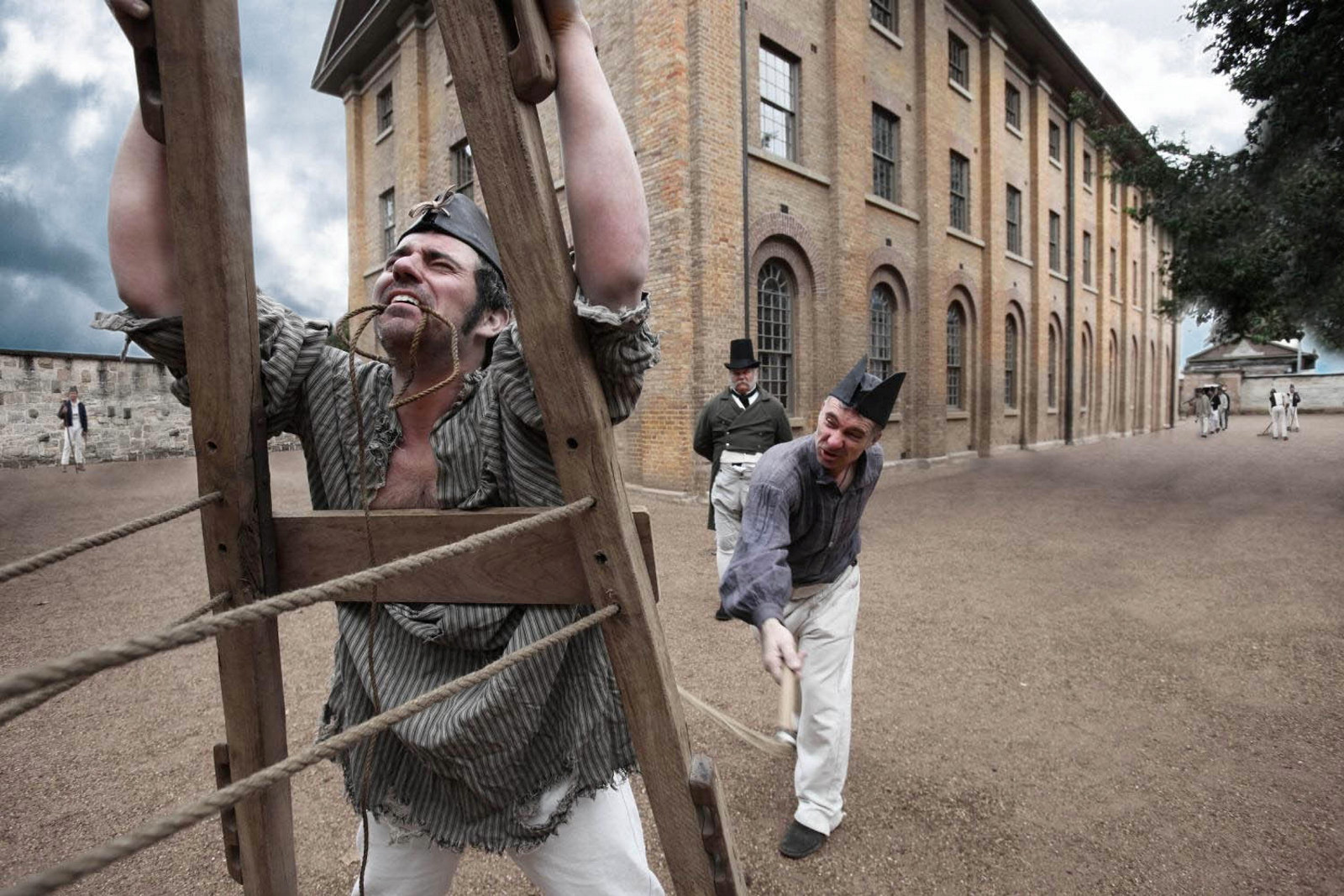
Convict Sydney
1844 - Day in the life of a convict
Fraying at the edges, these were the Barracks’ darkest days with only the worst convicts remaining
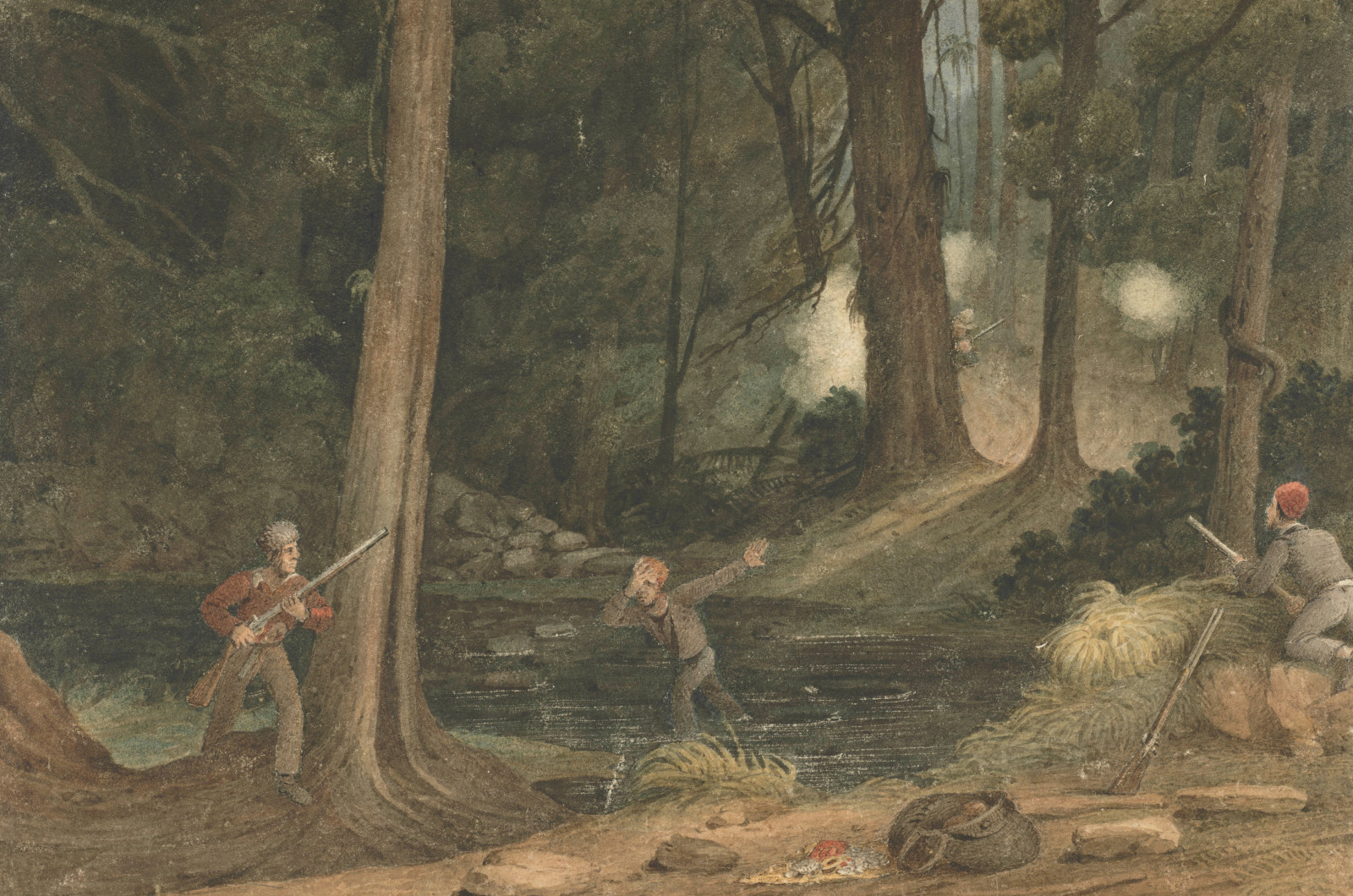
Convict Sydney
A world of pain
The combined aims of the assignment system, from 1826 onwards, were to equip farmers with cheap convict labour, to disperse convicts away from towns (and other convicts) and to keep an eye on each worker’s whereabouts and treatment
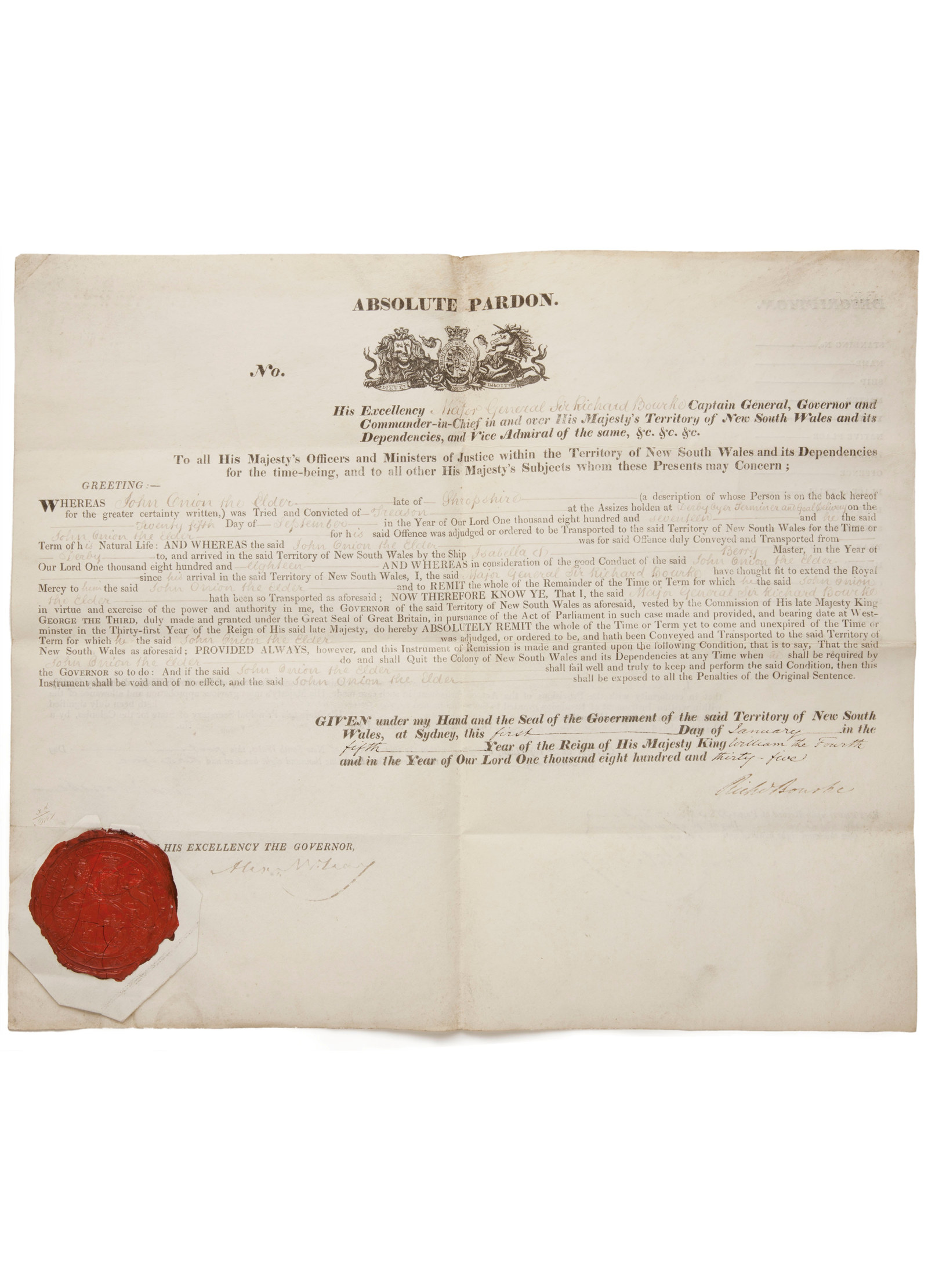
Convict Sydney
Absolute pardon
It must have been a proud moment for John Onion when he received this absolute pardon document in 1835
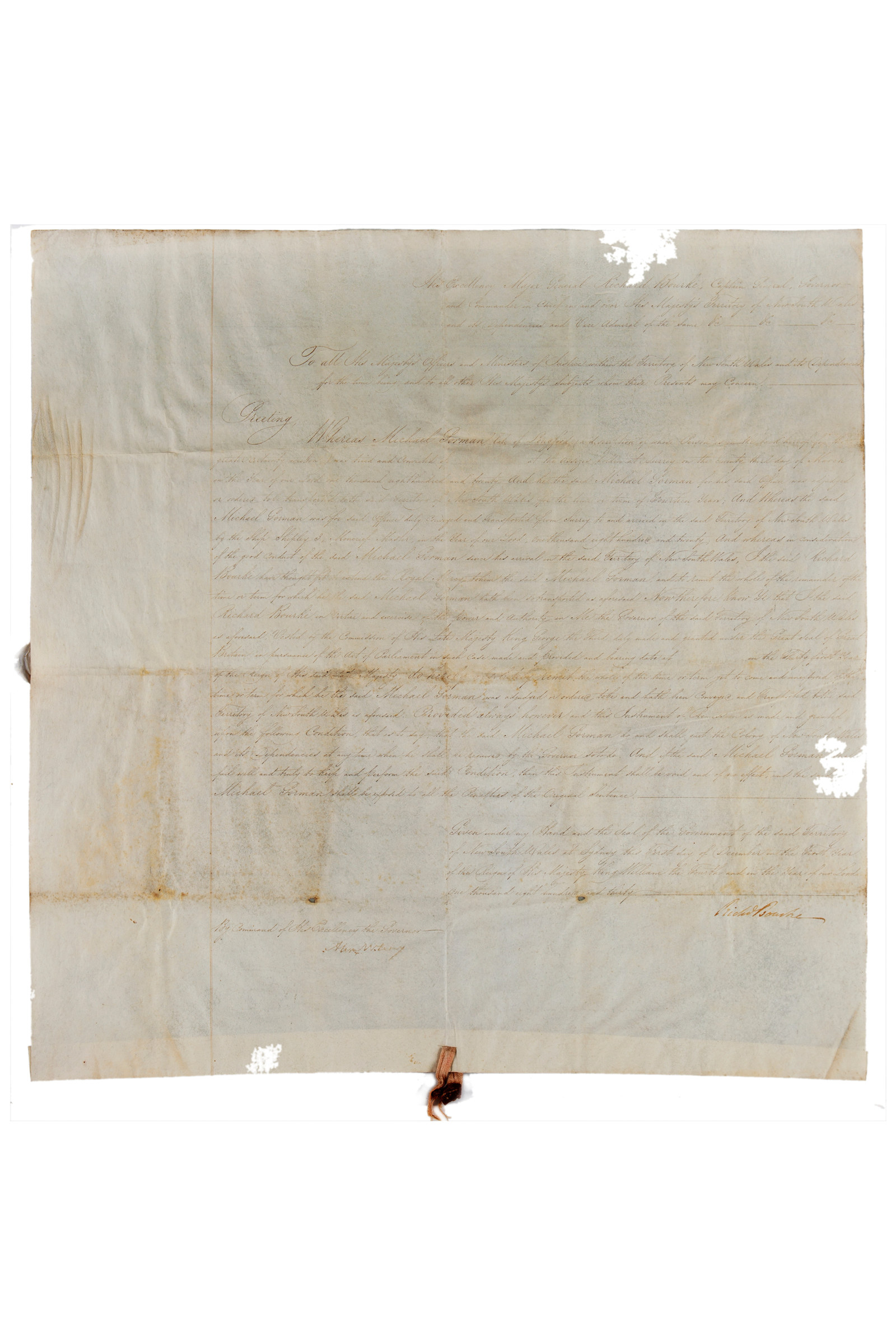
Convict Sydney
Absolute pardon
Convict constable Michael Gorman earned this absolute pardon in 1830/1832, for his service in the capture of the notorious bushranger John Donohoe
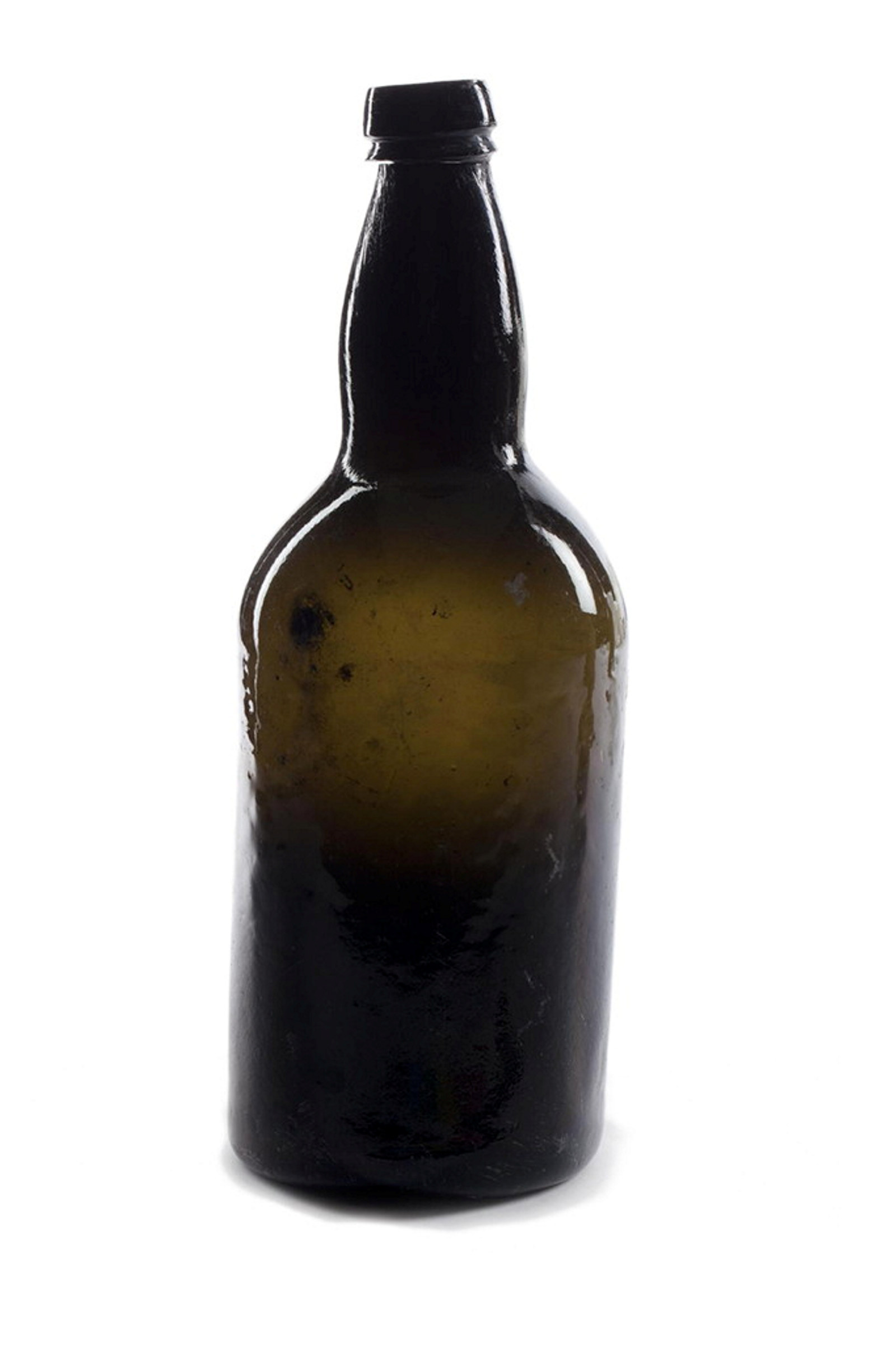
Convict Sydney
Alcohol bottle
Recovered from beneath the ground floor of the Hyde Park Barracks, this glass bottle suggests that, despite the rules, convicts smuggled alcohol into the Barracks